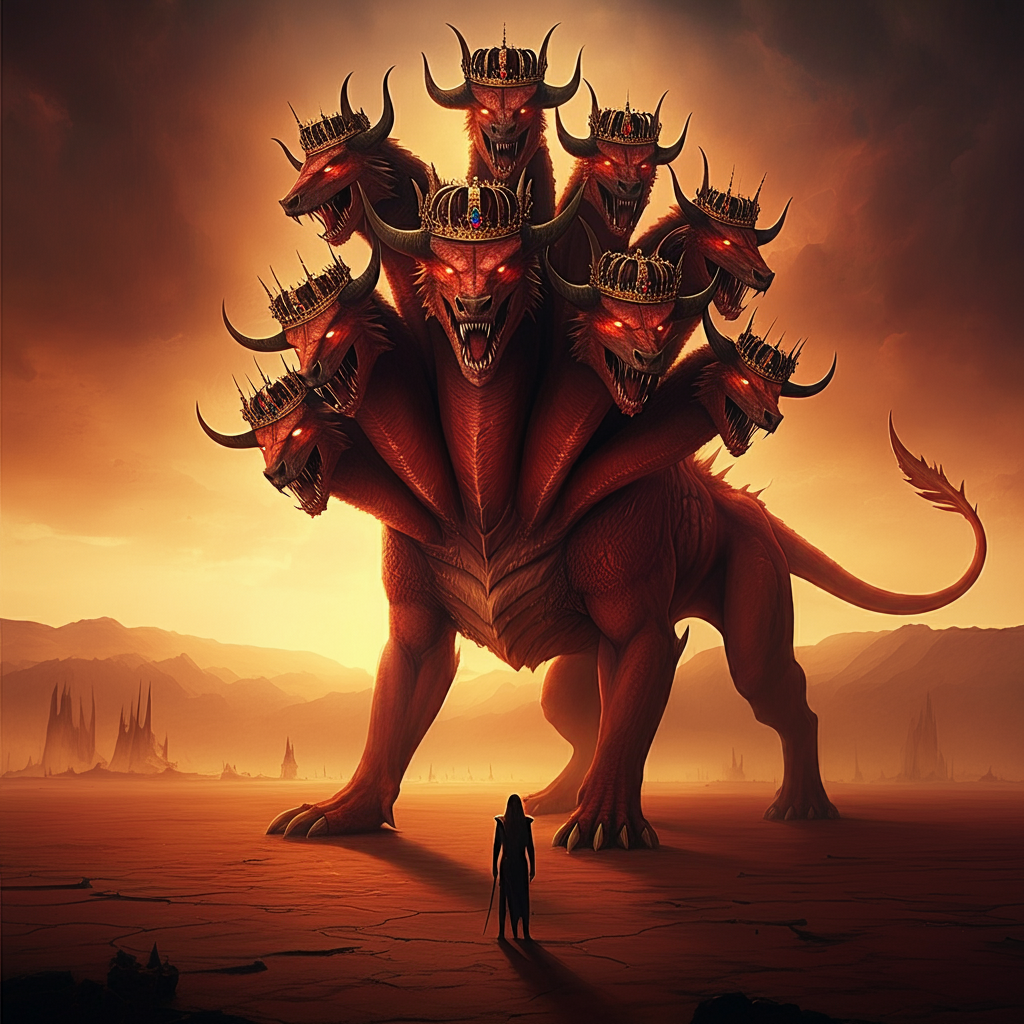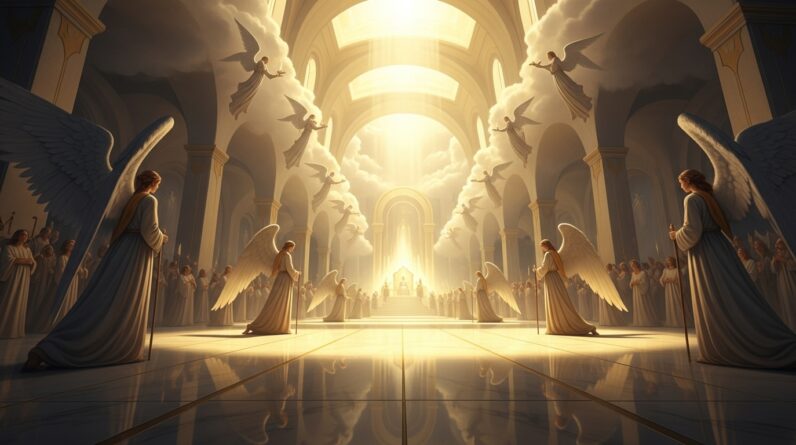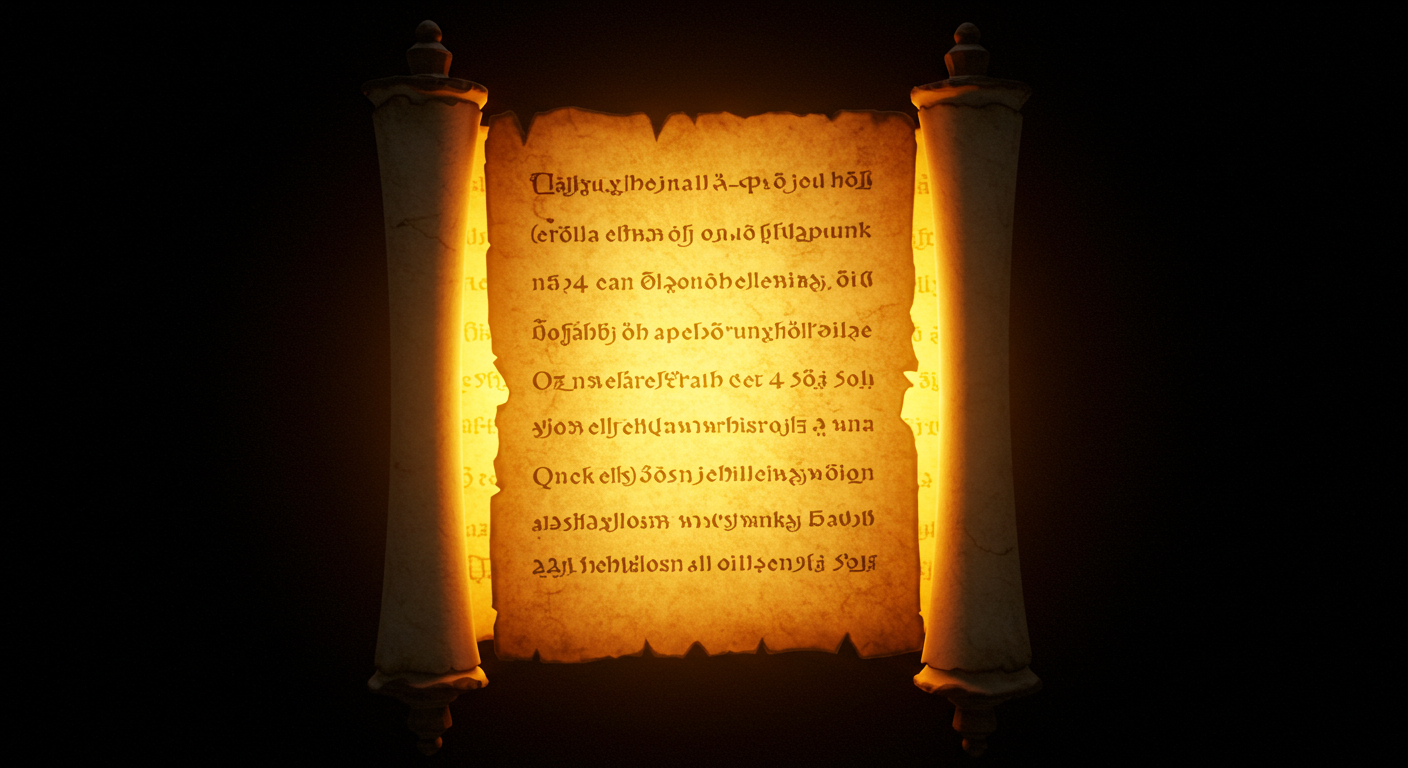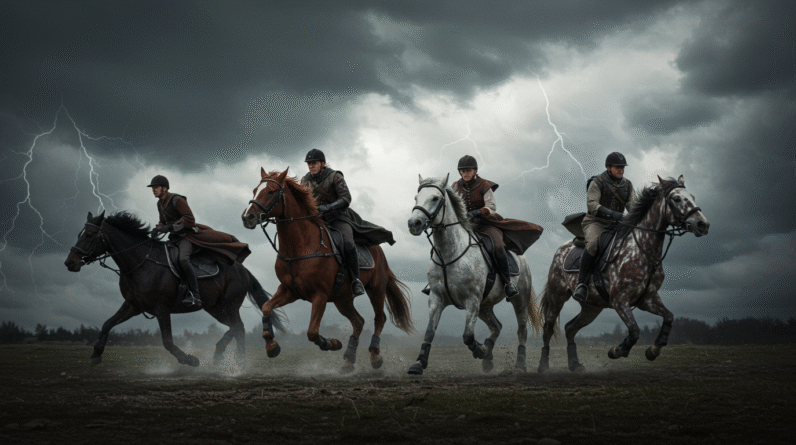Explore the symbolic conflict between the Woman and the Dragon in Revelation 12:3-4. Uncover the rich tapestry of prophetic visions and their spiritual significance.
The Woman And The Dragon: What’s The Conflict About? – Revelation 12:3-4
Understanding the conflict between the Woman and the Dragon in Revelation 12:3-4 requires us to embark on an imaginative journey through prophetic symbolism and biblical narratives. In this friendly and thoughtful exploration, we will break down these enigmatic verses to uncover their meanings and implications. So, grab a cozy spot and let’s delve into the rich tapestry of biblical prophecy!
Introduction to Prophetic Visions
Prophetic visions are divine messages conveyed through vivid, often symbolic imagery. These visions hold a significant place in the Bible, as they reveal God’s plans and communicate His will to humanity. By utilizing such visions, God provided prophets with a powerful medium to convey complex spiritual truths that mere words might fail to express.
God’s use of visions served multiple purposes. They were designed to capture attention, provoke thought, and inspire transformation. Prophets received these divine messages, often during times of crisis or moral decline, to guide, warn, and offer hope. Understanding prophetic visions also requires insight into the historical and cultural contexts that shaped the prophets’ experiences. The societies in which they lived, the prevailing beliefs, and significant historical events influenced the nature and interpretation of these revelations.
Context of Each Prophetic Vision
In Revelation 12:3-4, we encounter one of the most dramatic and symbolic visions in the Bible. This passage is set within the broader narrative of the Book of Revelation, where the Apostle John receives a series of apocalyptic visions while exiled on the island of Patmos. These visions were intended to offer hope to early Christians facing persecution under Roman rule.
John, the prophet in this narrative, played a pivotal role in conveying these visions. His mission was to affirm the sovereignty of God, highlight the battle between good and evil, and assure the ultimate victory of Christ. Despite the challenges he faced, including exile and the risk of martyrdom, John’s visions provided a powerful message of encouragement to his audience.
The imagery in John’s vision is rich with symbolism. The Woman represents the people of God, and the Dragon symbolizes the forces of evil. The colors, numbers, and figures used in the vision each carry deeper meanings. Understanding these symbols can shed light on broader themes of divine sovereignty, judgment, redemption, and the anticipated return of Christ.

Revelation 12:3-4
“Then another sign appeared in heaven: an enormous red dragon with seven heads and ten horns and seven crowns on its heads. Its tail swept a third of the stars out of the sky and flung them to the earth. The dragon stood in front of the woman who was about to give birth so that it might devour her child the moment he was born.”
In these verses, we find ourselves at the heart of the cosmic conflict. The Woman is about to give birth, and the Dragon waits menacingly to devour her child. This dramatic imagery invites us to explore the underlying message and significance within the larger biblical narrative.
Interpretation of the Vision’s Message
For the original audience, this vision carried a direct and urgent message. The Woman represents Israel, and more broadly, the people of God. The Child she is about to give birth to signifies Jesus Christ, the promised Messiah. The Dragon, with its terrifying appearance and destructive intent, symbolizes Satan and his attempt to thwart God’s plan of salvation.
The sweeping tail of the Dragon dislodging a third of the stars from the sky can be interpreted as the fall of rebellious angels, casting them down to earth. This imagery highlights the broader spiritual battle that began with the rebellion in heaven and continues to manifest in human history.
This vision finds its prophetic fulfillment in the birth, ministry, and ultimate victory of Jesus Christ. Historically, the vision resonates with the persecution faced by early Christians, who saw themselves caught in the cosmic struggle between good and evil. The immediate message was one of endurance, faith, and the assurance of Christ’s ultimate triumph over Satan.
Relevance to Modern Readers
For contemporary believers, the message of Revelation 12:3-4 continues to hold deep spiritual lessons. We live in a world where the forces of good and evil are in constant conflict. The vision reminds us that, despite the challenges and persecutions we may face, God’s plan will prevail. It encourages us to stand firm in our faith, trusting in the sovereignty and ultimate victory of Christ.
This vision also calls us to be mindful of the spiritual battles within and around us. It urges us to remain vigilant, to protect what’s good, and to seek God’s guidance in overcoming the adversities posed by the “dragons” in our lives.
Comparative Analysis
When studying prophetic visions, it’s helpful to draw comparisons with other similar biblical prophecies. For instance, the vision of the Woman and the Dragon shares thematic elements with Daniel’s visions in the Old Testament, which also feature symbolic creatures and cosmic battles.
Comparing these visions can reveal common threads and highlight the continuity of God’s message throughout the Bible. Both Daniel and Revelation emphasize themes of divine judgment, deliverance, and the ultimate establishment of God’s kingdom.
Historically, interpretations of these visions have varied. In eschatological studies, different theological traditions have offered diverse perspectives on their meanings. Some view them as referring to specific historical events, while others see them as ongoing spiritual truths that apply to all generations.
Conclusion
In summary, Revelation 12:3-4 presents a vivid and powerful portrayal of the cosmic conflict between good and evil. By understanding the historical context, symbolic imagery, and theological significance of this vision, we can appreciate its profound messages. It reassures us of God’s sovereignty, the ultimate victory of Christ, and our place in His grand narrative.
Final Thoughts on Prophetic Visions
Prophetic visions are not just fascinating glimpses into the divine; they are crucial elements in understanding God’s revelation to humanity. They invite reflection, challenge our perceptions, and deepen our faith. As we study these visions, we become part of a larger story that spans from creation to eternity.
Additional Resources
For those interested in further study, consider exploring the following resources:
- “The Book of Revelation: A Commentary on the Greek Text” by G.K. Beale
- “Daniel: A Commentary” by John E. Goldingay
- “The Message of Revelation” by Michael Wilcock
Study Questions
- What do you think the significance of the Woman and the Dragon in Revelation 12:3-4 is?
- How do you see the themes of conflict and victory playing out in your own life?
- What other prophetic visions in the Bible do you find intriguing and why?







